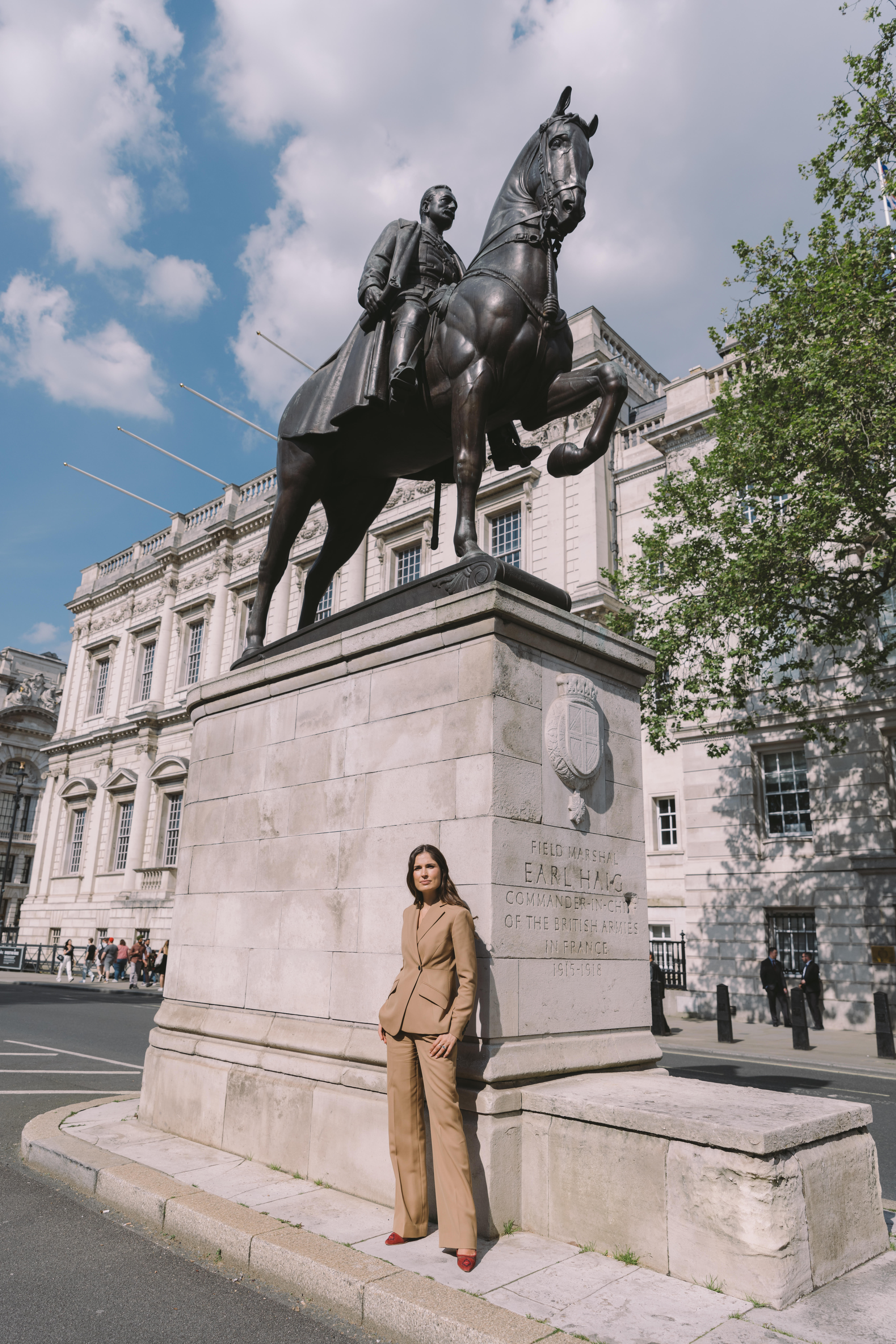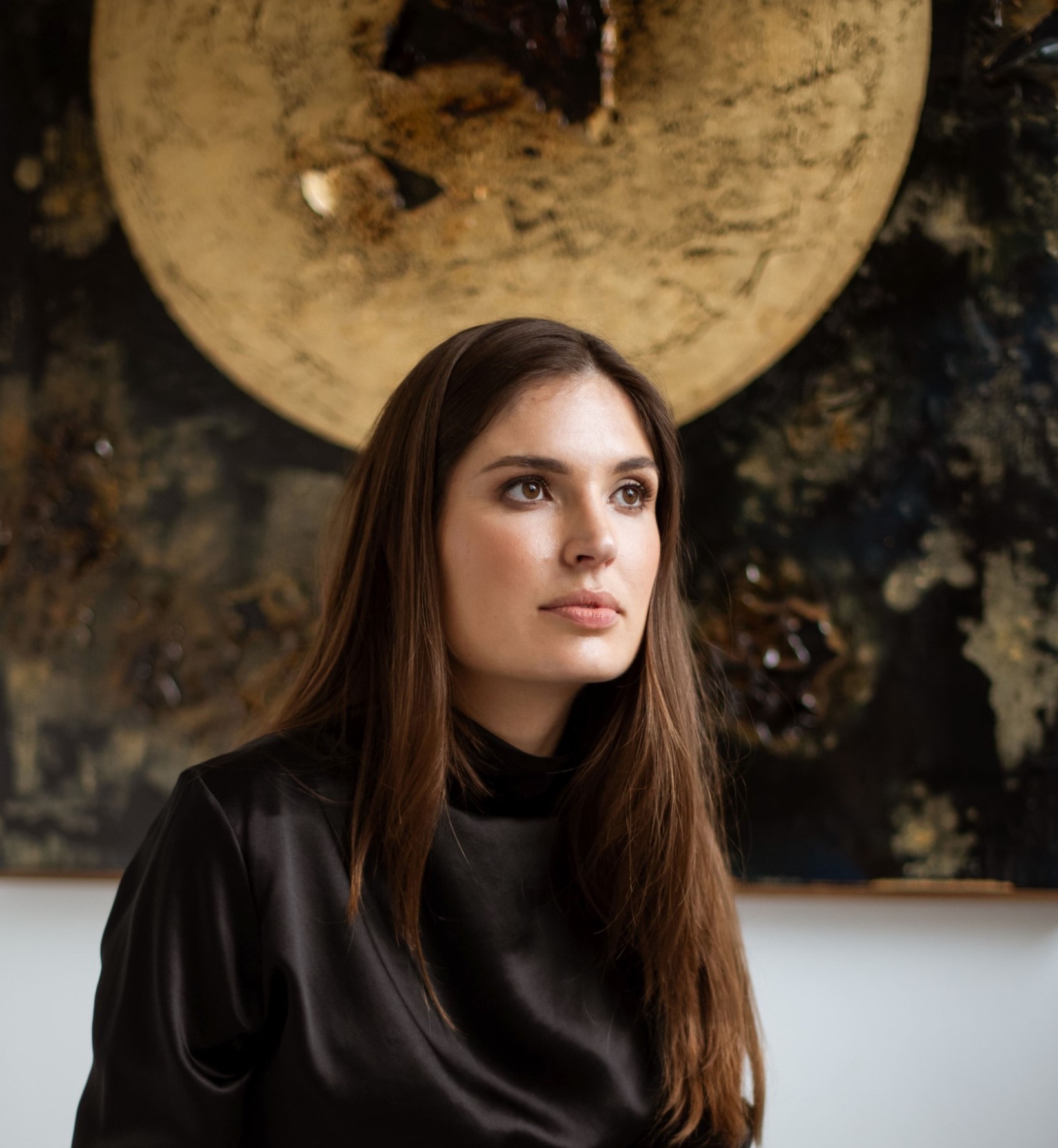There are more sculptures of Paddington Bear than women of colour in London
Every day, we consume 10,000 visuals - here’s how its subconsciously influencing your mind.


Every day, we consume 10,000 visuals. This number feels huge, yet it’s our daily reality. These images are on our phones, laptops, and TV screens. We also see thousands of them on our commute to work - on billboards and sculptures. Does it matter, you might ask? They’re just images. Yes, it does matter because images shape us more than words.
When you have a conversation with a friend or a colleague, you will remember 20% of what they said, but you’ll remember 60% of what you saw.
All these visuals are stored in the most subconscious part of your brain—the amygdala—which shapes our desires, wishes, and ideas about what we want to become. That’s why you suddenly wake up with new insecurities or a craving for that snack bar you keep seeing on your way to work. I see it with my two sons; they don’t listen to what I tell them but mirror what I do. We mirror the 10,000 visuals we see daily.
Unfortunately for women, these images are filled with biases. Men made 97% of the sculptures in our cities, and they largely represent other men, who are presented on literal pedestals. You will find more sculptures of Paddington Bear (whom I love dearly, too) than women of colour in London. When it comes to advertising and gaming, female characters are four times more likely to be depicted with revealing clothing than men and twice as likely to be shown nude. We are objectified everywhere and never told we can control our lives.

The author
Female characters are four times more likely to be depicted with revealing clothing than men and twice as likely to be shown nude.
Marine Tanguy
This objectification is going to get worse with the rise of AI imagery. By 2050, 75% of the images we will look at will be AI-generated. That will be our new Google. When I asked two of the main AI models to generate images of a CEO, I only saw images of 50-year-old men, not a single picture of a woman. When I ask the same AI models, “Who is a caring person in our society?” I only see images of women, not a single image of men.
Try it yourself, and you’ll see that all keywords and prompts reveal deep sexism. That’s because these AI models are trained using existing visual biases from Google and the media. The AI world lacks women, and as such, it lacks our stories and representation. We need our technologies to show the many different ways a woman can exist - far from the stereotypes.
If AI feels too far for you, consider what image you select for your next presentation and whether this image reinforces existing biases against our gender. Did you notice that most of your compliments to your girlfriends are based on their looks rather than their achievements? Acknowledging the subtle and not-so-subtle ways we are taught to accept objectification is how we start to make a difference. Pay attention to the images we endorse daily and how we take part in our visual environment. We don’t have to accept being depicted by a third party; we can choose how we want to represent our gender to the world.
Celebrity news, beauty, fashion advice, and fascinating features, delivered straight to your inbox!
Marine Tanguy is the author of The Visual Detox, How to Consume Media Without Letting It Consume You, published by Square Peg, Vintage £16.99

Marine Tanguy is an art entrepreneur, speaker and media commentator and founder and CEO of MTArt Agency. She is also the author of The Visual Detox: How to Consume Media Without Letting it Consume You